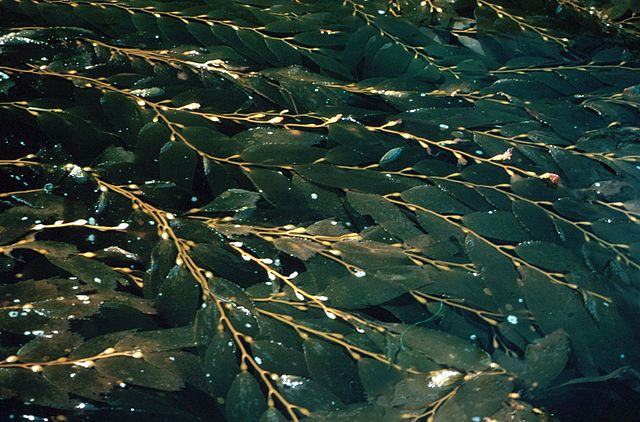Hemispherical photography
Hemispherical photography, also known as canopy photography, is a technique to estimate solar radiation and characterize plant canopy geometry using photographs taken looking upward through an extreme wide-angle lens or a fisheye lens. Typically, the viewing angle approaches or equals 180-degrees, such that all sky directions are simultaneously visible. The resulting photographs record the geometry of visible sky, or conversely the geometry of sky obstruction by plant canopies or other near-ground features. This geometry can be measured precisely and used to calculate solar radiation transmitted through plant canopies, as well as to estimate aspects of canopy structure such as leaf area index. Detailed treatments of field and analytical methodology have been provided by Paul Rich and Robert Pearcy (1989).
Hemispherical photograph used to study microclimate of winter roosting habitat at the Monarch Butterfly Biosphere Reserve, Mexico.
Hemispherical photograph with sunpath overlay from a closed canopy reach of San Francisquito Creek, San Francisco Peninsula, California, used for studies of steelhead trout habitat.
Hemispherical photograph from an open canopy reach of San Francisquito Creek. Overlay of the sunpath enables calculation of solar exposure as it influences water temperature.
Hemispherical photograph used to study LAI, canopy closure, or other canopy indices.
In biology, the canopy is the aboveground portion of a plant cropping or crop, formed by the collection of individual plant crowns. In forest ecology, canopy refers to the upper layer or habitat zone, formed by mature tree crowns and including other biological organisms. The communities that inhabit the canopy layer are thought to be involved in maintaining forest diversity, resilience, and functioning. Shade trees normally have a dense canopy that blocks light from lower growing plants.
The canopy of a forest in Sabah, Malaysia
Canopy of tropical evergreen forest, Andaman Islands
Canopy layers of primary tropical forest, Thailand
Macrocystis pyrifera – giant kelp – forming the canopy of a kelp forest








